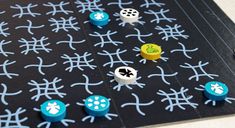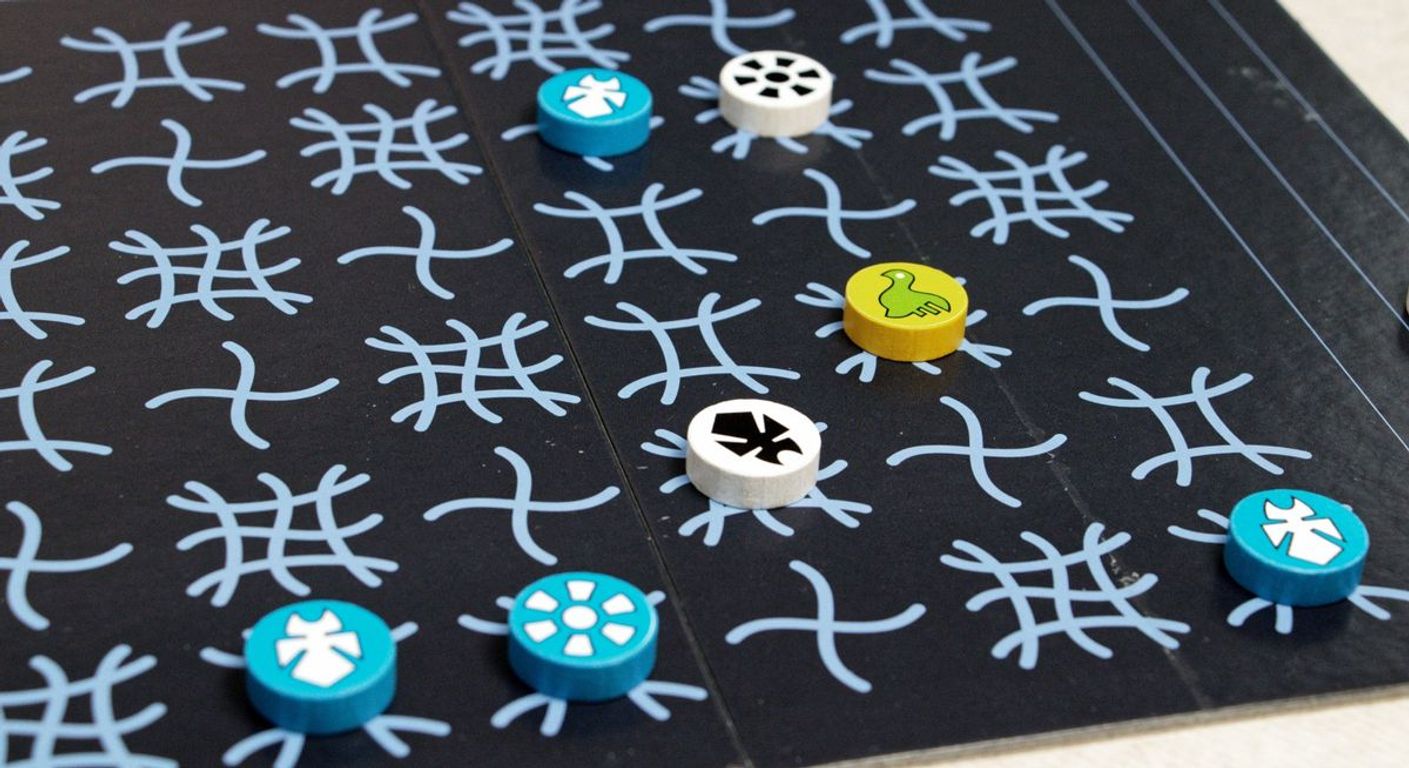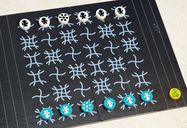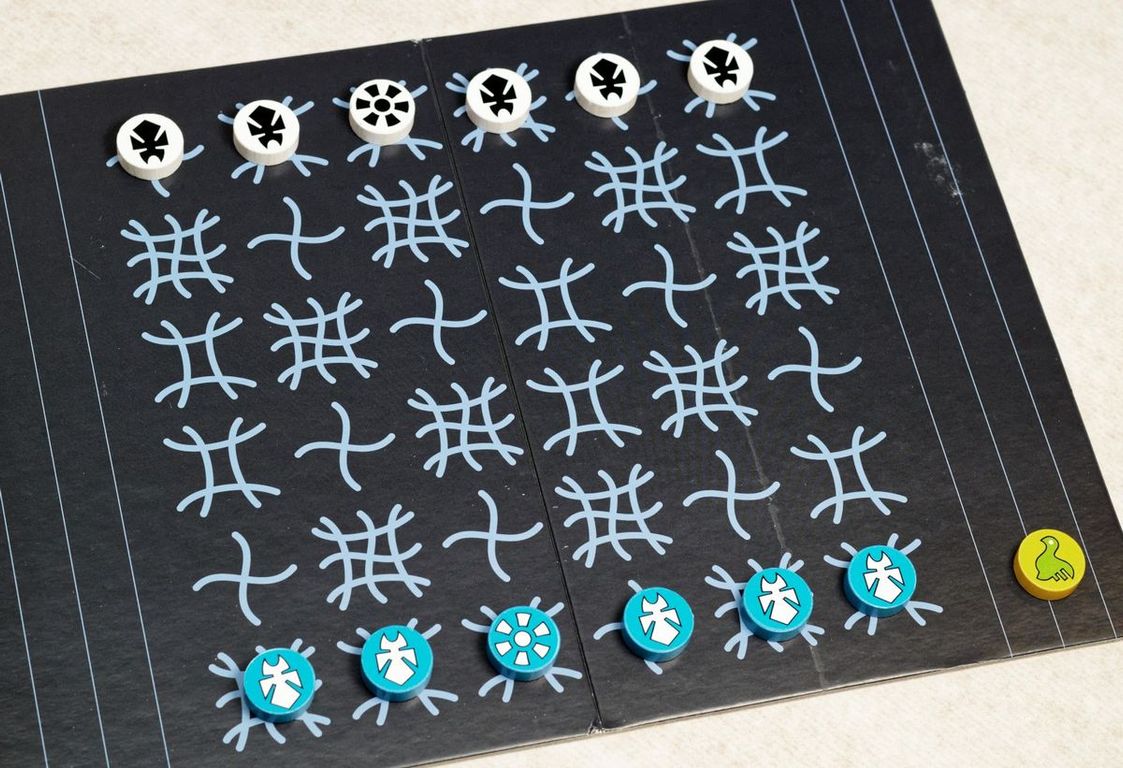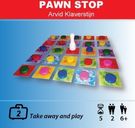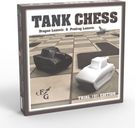
Mana
Your goal in Mana is to capture the opponent's Daïmio, but sometimes getting captured yourself will prove to be the best plan of attack.
Each player has six pieces — one Daïmio and five ronin — with these pieces, either white or black, set up on the back row of a 6x6 game board. Each square of the board has 1, 2, or 3 markings in it. The starting player (black) moves one of their pieces, moving it 1-3 squares depending on the number of markings on its starting location; a player can move a piece orthogonally in any direction, making 90º turns if they wish. A piece cannot move through other pieces, but if it ends its movement on an opponent's piece, that piece is captured and removed from the board.
... read moreYour goal in Mana is to capture the opponent's Daïmio, but sometimes getting captured yourself will prove to be the best plan of attack.
Each player has six pieces — one Daïmio and five ronin — with these pieces, either white or black, set up on the back row of a 6x6 game board. Each square of the board has 1, 2, or 3 markings in it. The starting player (black) moves one of their pieces, moving it 1-3 squares depending on the number of markings on its starting location; a player can move a piece orthogonally in any direction, making 90º turns if they wish. A piece cannot move through other pieces, but if it ends its movement on an opponent's piece, that piece is captured and removed from the board.
After the first movement, the player looks at the number of markings of the square where their piece landed, then they take the neutral mana bird from the side of the board and place it on an unoccupied square that has the same number of markings. The next player must move one of their pieces standing on a square that has the same number of markings as the square where the mana bird is located — moving that piece a number of squares equal to that number — then they'll move the mana bird in a similar manner based on where that piece lands.
If the opponent places the mana bird on, say, a 2 square and you have no pieces on a 2, then you can either (a) move any of your pieces a number of squares equal to the markings on its starting location or (b) reintroduce one of your captured ronin on any unoccupied square of the game board. If you can't move a piece on the appropriately numbered square since they're all blocked, then you can move any of your pieces.
Whoever captures the opponent's Daïmio first wins!
